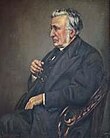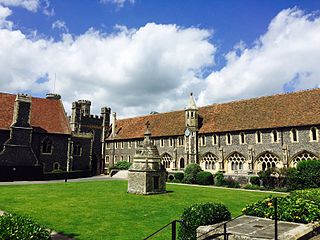
The King's School is a public school in Canterbury, Kent, England. It is a member of the Headmasters' and Headmistresses' Conference and the Eton Group. It is Britain's oldest public school; and is arguably the oldest continuously operating school in the world, since education on the Abbey and Cathedral grounds has been uninterrupted since AD 597.
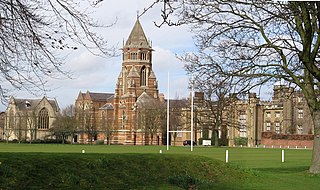
Rugby School is a public school in Rugby, Warwickshire, England.
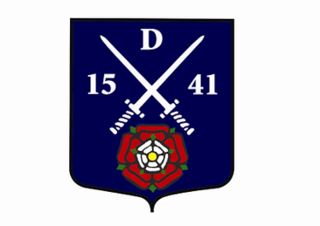
Berkhamsted School is a public school in Berkhamsted, Hertfordshire, England. The present school was formed in 1997 by the amalgamation of the original Berkhamsted School, founded in 1541 by John Incent, Dean of St Paul's Cathedral, Berkhamsted School for Girls, established in 1888, and Berkhamsted Preparatory School. The new merged school was initially called Berkhamsted Collegiate School, but reverted to Berkhamsted School in 2008. In 2011 Berkhamsted School merged with Heatherton House School, a girls' preparatory school in Amersham, to form the Berkhamsted Schools Group. The Group acquired Haresfoot School in Berkhamsted and its on site day nursery in 2012, which became Berkhamsted Pre-Preparatory School for children aged three to seven, and Berkhamsted Day Nursery.
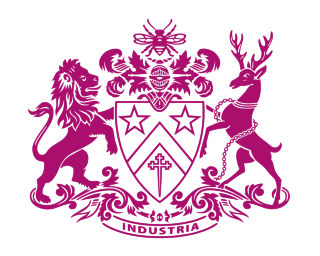
Fettes College is a co-educational private boarding and day school in Craigleith, Edinburgh, Scotland, with over two-thirds of its pupils in residence on campus. The school was originally a boarding school for boys only and became co-ed in 1983. In 1978 the College had a nine-hole golf course, an ice-skating rink used in winter for ice hockey and in summer as an outdoor swimming pool, a cross-country running track and a rifle shooting range within the forested 300-acre grounds. Fettes is sometimes referred to as a public school, although that term was traditionally used in Scotland for state schools. The school was founded with a bequest of Sir William Fettes in 1870 and started admitting girls in 1970. It follows the English rather than the Scottish education system and has nine houses. The main building, called the Bryce Building, was designed by David Bryce.
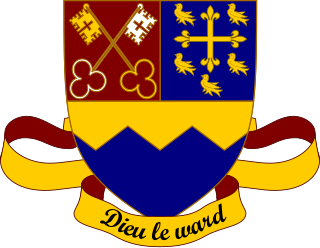
Ampleforth College is a co-educational fee-charging boarding and day school in the English boarding school tradition. It opened in 1802 as a boys' school. It is located near the village of Ampleforth, North Yorkshire, England, on the grounds of Benedictine monastery Ampleforth Abbey. The school is located in the heart of a valley with state-of-the-art sports pitches, wooded areas, and lakes. The school holds the oldest purpose-built school theatre in the United Kingdom, a dedicated student pub, its own infirmary and was used to film several scenes from the Harry Potter films.
The Trinity School of John Whitgift, usually referred to as Trinity School, is a British private boys' day school with a co-educational Sixth Form, located in Shirley Park, Croydon. Part of the Whitgift Foundation, it was established in 1882 as Whitgift Middle School and was a direct grant grammar school from 1945 until 1968, when it left the scheme. The present name was adopted in 1954, to avoid confusion with Whitgift School. The school's head is now a member of the Headmasters' and Headmistresses' Conference (HMC).
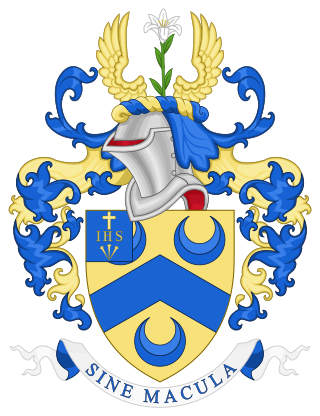
Mount St Mary's College is an independent, co-educational, day and boarding school situated at Spinkhill, Derbyshire, England. It was founded in 1842 by the Society of Jesus, and has buildings designed by notable architects such as Joseph Hansom, Henry Clutter and Adrian Gilbert Scott. The school is a member of the Headmasters' and Headmistresses' Conference and the Catholic Independent Schools Conference.

Bloxham School, also called All Saints' School, is a private co-educational day and boarding school of the British public school tradition, located in the village of Bloxham, three miles (5 km) from the town of Banbury in Oxfordshire, England. The present school was founded in 1860 by Philip Reginald Egerton and has since become a member of the Woodard Corporation. The current headmaster is Paul Sanderson, who took over from Mark Allbrook in 2013. The school has approximately 515 pupils.

King's College is a private co-educational secondary boarding and day school in Taunton, Somerset, England. A member school of the Woodard Corporation, it has approximately 450 pupils aged 13 to 18, including about 300 boarders. Its affiliated prep school is King's Hall School. The head of the school is currently Michael Sloan, who started his first academic year in the winter of 2022.
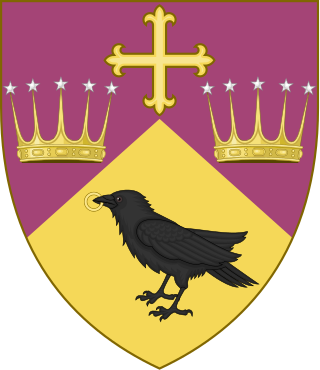
Ellesmere College is a fee-charging co-educational boarding and day school in the English public school tradition located in Shropshire, near the market town of Ellesmere. Belonging to the Woodard Corporation, it was founded in 1884 by Canon Nathaniel Woodard.

Denstone College is a mixed, private, boarding and day school in Denstone, Uttoxeter, Staffordshire, England. It is a Woodard School, having been founded by Nathaniel Woodard, and so Christian traditions are practised as part of College life. It is a member of the Headmasters' and Headmistresses' Conference.

Culford School is a co-educational private boarding and day school for pupils age 1–18 in the village of Culford, 4 miles (6 km) north of Bury St Edmunds in Suffolk, England. The head is traditionally a member of the Headmasters' and Headmistresses' Conference and the Prep School head is a member of the IAPS.

Abbots Bromley School was a coeducational boarding and day private school in the village of Abbots Bromley, Staffordshire, England. It was one of the original Woodard Schools — and the first such for girls — and so was an Anglican foundation that historically reflected the Anglo-Catholic ethos of the Woodard Foundation. It was affiliated to the Girls' Schools Association, but financial problems over many years closed it in the summer of 2019.
Woodard Schools is a group of Anglican schools affiliated to the Woodard Corporation which has its origin in the work of Nathaniel Woodard, a Church of England priest in the Anglo-Catholic tradition.
Revd Canon Frederick Joseph John Shirley, D.D., Ph.D., LL.B. (1890–1967) was an Anglican priest as well as being the headmaster of The King's School, Canterbury, a fee paying school, from 1935 to 1962.

Yarm School is a co-educational independent day school in Yarm, North Yorkshire in the North East of England. The school accepts pupils aged 3–18 years old and has a Nursery Pre-Prep, Preparatory School, Senior School and Sixth Form. The school was founded in 1978 and is a member of the Headmasters' and Headmistresses' Conference.

The Cathedral School, Llandaff is a coeducational private day school located in Llandaff, a district north of the Welsh capital Cardiff. Originally established as a choral foundation to train choir boys for the affiliated Llandaff Cathedral, it is now part of the Woodard Schools foundation and continues to provide choristers for the cathedral. It is the only surviving Anglican choir school in Wales and is a member of the ISC, IAPS and the Choir Schools Association. The Head is a member of the Headmasters' and Headmistresses' Conference of leading independent schools.
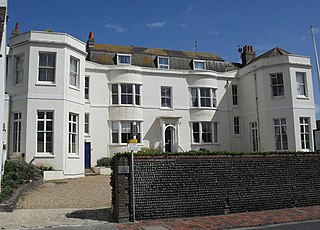
St. Aubyns School was a boys' preparatory school in Rottingdean, East Sussex, England, which in its final years became co-educational and taught children of both sexes between the ages of three and thirteen. The school was founded in 1895, taking over the premises of another school which had been founded in the 18th century by Thomas Hooker, the local vicar who was also reputedly a lookout for the local smugglers.

Bede's School, consists of a preparatory school and pre-preparatory nursery in Holywell, Meads, Eastbourne, East Sussex, England, as well as a senior school based in Upper Dicker, Hailsham, East Sussex, England. These, along with the Legat School of Dance, form the Bede's School Trust, an educational charity. All three schools are independent and fee-charging.




















